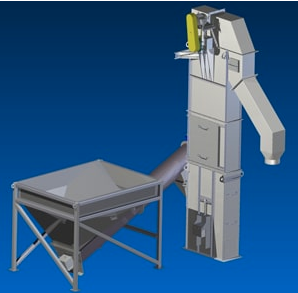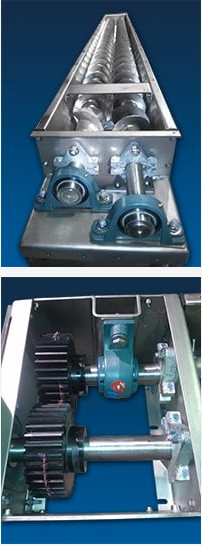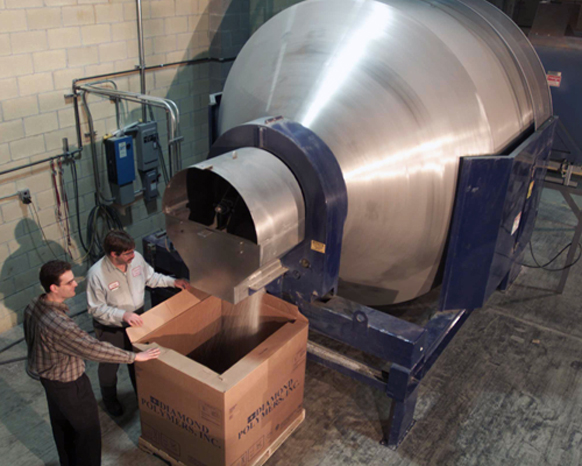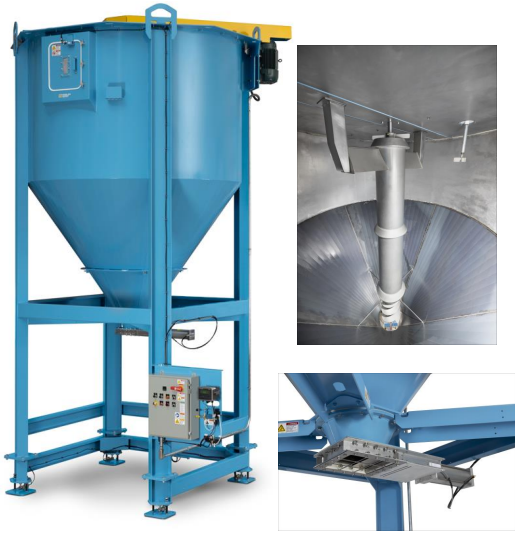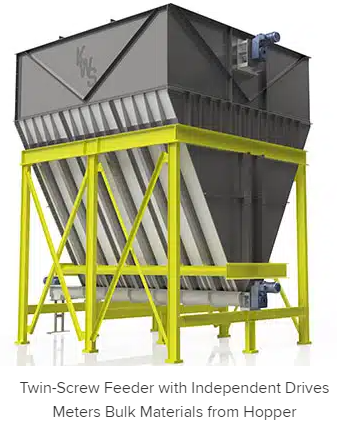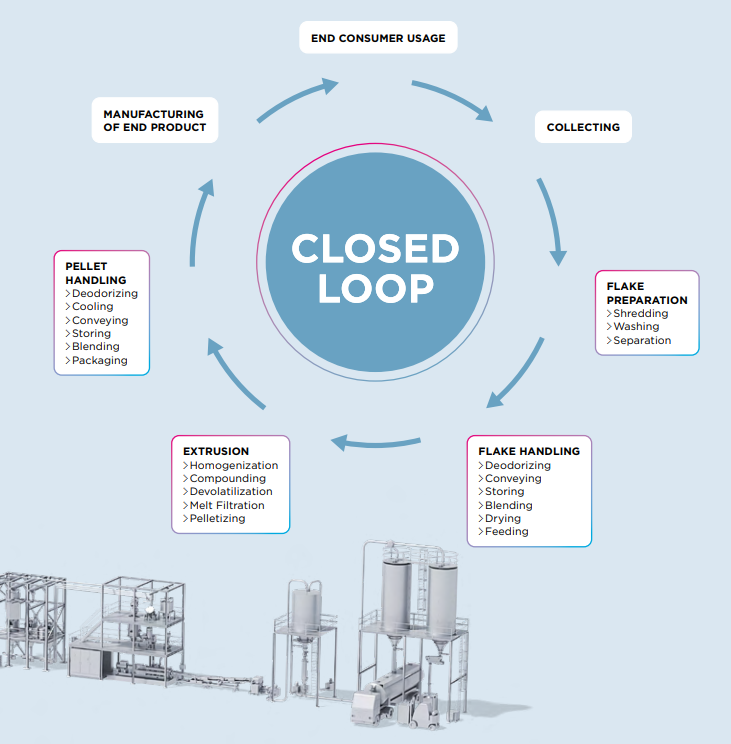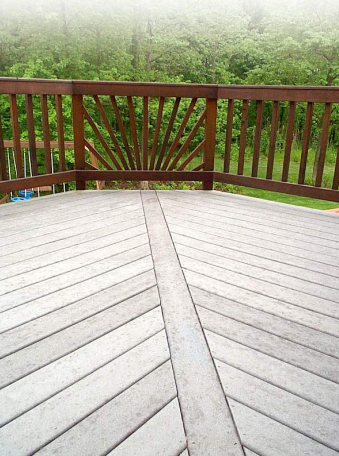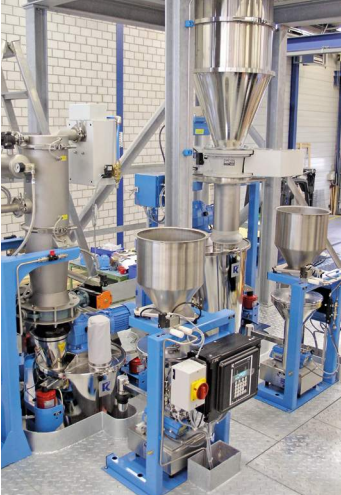Loading Shredded Rubber into Super Sacks
Genan, the largest scrap tire recycler in the world, needed a solution for feeding and elevating shredded rubber into super sacks. Shredded rubber is loaded in bulk into a hopper with an inclined screw feeder and discharged into a bucket elevator where it lifts the rubber and discharges into new super sacks. The shredded rubber is used in the manufacture of new tires, additives in asphalt and to cushion artificial turf in sports fields or playgrounds.
Loading Shredded Rubber into Super Sacks Read More »

